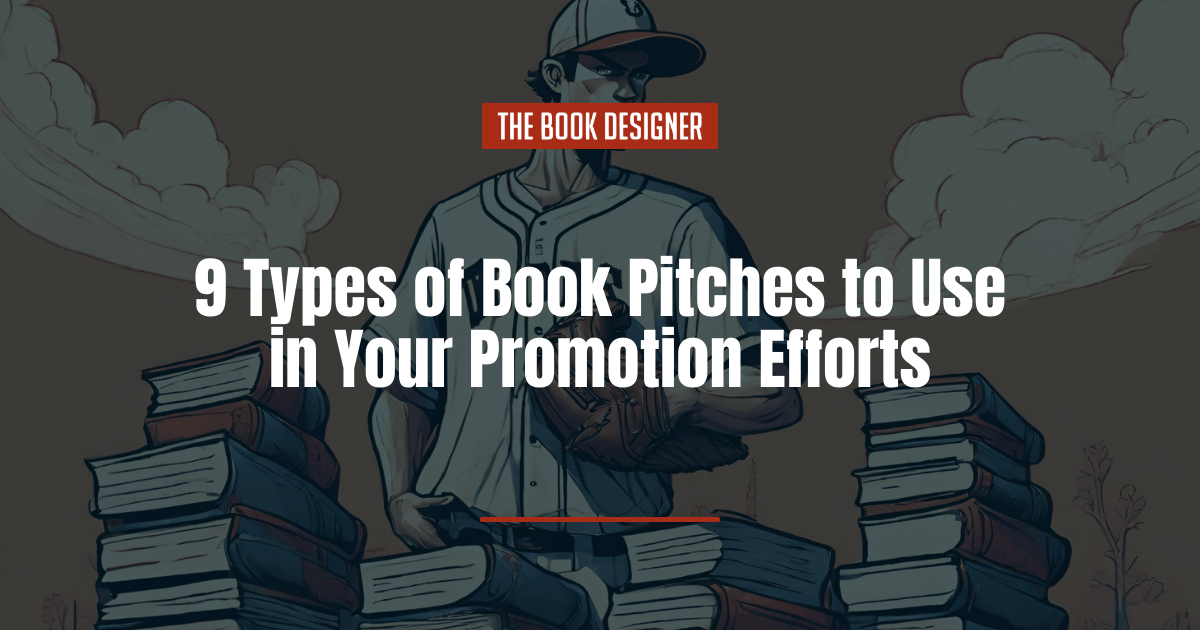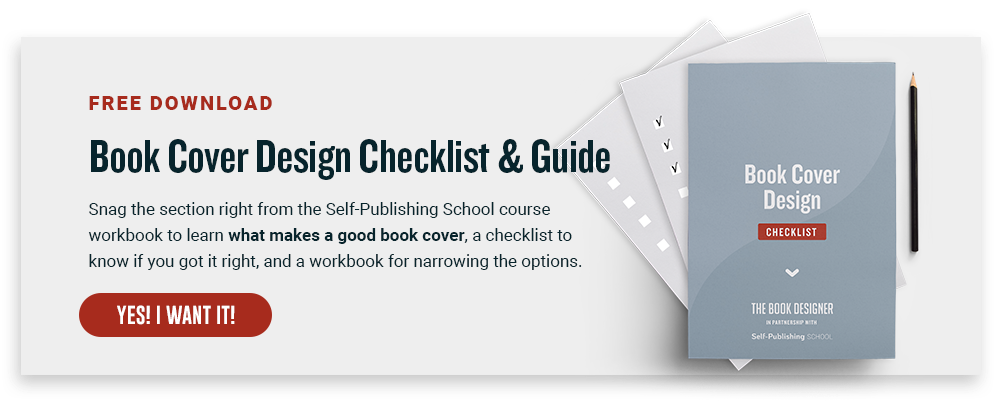If you’re like most authors, the long process of writing and publishing your book feels like you’ve crossed the finish line after running a marathon.
But unlike a road race, you’re not done. The success of your book depends on approaching people, companies, and groups with a book pitch and asking for their help to publicize, promote, and sell it.
You can pitch story ideas related to your book to journalists who can give you publicity. You can pitch bookstores to carry your book so more people buy it. You can pitch trade associations to buy your book in bulk for their members.
But most authors hate pitching and many don’t bother at all. They rely solely on Amazon, where competition for book sales is fierce.
Here are nine things consider when it comes time to pitch your book—before, during, or after your launch.
Here’s everything you need to know about how and where to use your book pitch:
1. Start with Your 15-Second Pitch
Depending on what you’re pitching, the 15 seconds it takes could be among the most important 15 seconds in the life of your book or your career.
Before you pitch anyone, you must identify your ideal readers, journalists, and other people and organizations who you will be pitching. They must be a perfect fit. Your pitch must explain what’s in it for them or their audiences.
Once you know this information, it’s time to write your author or book pitch. Book Shepherd Judith Briles, whose guest posts you read here, encourages you to use several statistics in your pitch. Here’s the before-and-after version of my own elevator pitch after I heard this advice:
“I’m publicity expert Joan Stewart, The Publicity Hound, and I teach authors, speakers, experts, CEOs, and small business owners how to get thousands of dollars in free publicity and tell their story to the world, without an expensive publicist.”
Watch what happens when I add three numbers.
“I’m publicity expert Joan Stewart, The Publicity Hound, and over the last 22 years, I’ve mentored, coached and taught more than 50,000 authors, speakers, experts, CEOs, and small business owners how to get thousands of dollars in free publicity and tell their story to the world, without a $20,000 publicist.”
2. A Print or Digital Journalist
These include reporters for the print or digital versions of newspapers, magazines, trade and professional journals, and print and electronic newsletters.
Different types of publications have different deadlines. You must know the deadline before you pitch. If you’re not sure, go to their website, look for a “Contact Us” form and ask.
You will see far more success if you pitch story ideas one at a time to each journalist instead
of pitching the same idea to 10 journalists simultaneously.
Don’t pitch your book. Pitch a topic or idea related to it.
3. A Freelance Journalist
Freelancers include writers, editors, columnists, and contributors who are independent contractors selling their work to media outlets.
A freelancer can use you as a source many times, depending on who’s buying their work. That means more publicity for you, especially if you respond quickly to interview requests and give them what they need.
One of the best places to find them is in The Society of Professional Journalists Freelancer Directory.
4. A Follow-up Pitch to Journalists or Freelancers
Journalists are fond of saying, “We don’t like follow-ups.” What they really mean is, “We don’t like crappy follow-ups.”
I’ve followed up many times and gotten stories. As a blogger and newsletter publisher, I appreciate it when people follow up with me a few weeks after pitching an idea because too many things fall through the cracks on my end.
A crappy follow-up sounds like this:
“I’m just following up to see if you got the message I sent on Oct. 15 about….”
If interested, the journalist has to search his Inbox for the original email which takes time.
Instead, make it easy for him to say yes. Make it sound like you’re doing him a favor.
And make it super-easy. Forward the original email. At the top, write a few sentences reminding him that you contacted him earlier, and then offer something extra that’s related to the topic you pitched—something he can use if he covers your story. Those include things like a related video you’ve created, a link to a podcast, a quiz, or a tips list.
5. An Article You’ve Written
One of the best ways to promote your book is by writing articles for print or online publications. These should be articles that tie into the topic of your book, either directly or indirectly, or articles that promote your expertise. You should write for publications that target your ideal readers.
If you’re new to pitching articles, don’t aim for top-tier publications like Real Simple or Inc. magazine because they use mostly articles written by staff writers or paid freelancers. Choose smaller niche publications that appeal to your ideal readers. Editors at smaller publications are more likely to accept your articles.
Writer’s Market used to be the go-to way to find freelance opportunities, but they haven’t been published since 2021. Instead, check out sites like The Submission Grinder.
6. A Radio Show
A big mistake authors make when trying to get onto a radio show as a guest is the same mistake most of them make when trying to get any type of publicity. They pitch their books.
Deejays and talk show hosts don’t care about your book. Even if they schedule you to be on their show and you send a book, 9 out of 10 interviewers won’t read it.
Here’s what they do want: a sizzling hook that’s tied to your book or area of expertise.
Remember the AshleyMadison.com scandal in 2015? The website, which connects people who want to have an affair, was hacked. Its database of users ended up online. That major news story would have been the perfect tie-in or “hook” for anyone who writes romance novels or nonfiction about how to have a happy marriage. You don’t have to be an expert on cheating in a relationship. But you can be an entertaining guest who tells listeners how to bring romance back into their lives so they aren’t tempted to cheat.
Radio producers and program hosts want you to share your knowledge and explain what’s in it for them. If they have you on their show, guess what they will mention? Your book.
7. A Guest Blog Post
Writing for other people’s blogs is one of the best ways to bring new traffic to your own website or blog.
Many bloggers love using guest posts because the articles bring different perspectives to the blog. They offer expertise in areas the blogger might not be familiar with. And bloggers like a break now and then and welcome contributions from other writers.
If you haven’t started your own blog yet, that’s OK. You can still write for other blogs. The quickest way to find blogs in your niche is by searching Google: “top blogs for single dads” or “best blogs for Thai cooking” or “blog about teaching chemistry.”
Choose topics that will interest readers, preferably topics that tie into your book. Examples:
- If you write Westerns, write an article about the history of cowboy boots for a blog devoted to Western clothing.
- An author who writes sci-fi fiction can write about the best science fiction comics.
- If you write about executive leadership, share tips about the most important things leaders do to start their day. Include examples from your book.
- An author who’s an expert on gardening and has written a book on flowering bulbs can explain how to remove dahlia bulbs in late fall, store them over winter, and replant in the spring.
8. Review Request to Readers
When readers finish your book, remind them to review it.
You can do this one of two ways:
- With a short handwritten note. You can use inexpensive 4-by-6-inch note paper, printed with your logo and full contact information, the perfect size for slipping into the back of the book.
- Insert an 8-by-11-inch printed sheet or half-sheet that asks for a review and also lets readers know about other products and services you offer.
Insert these reminders into books you sell at book signings, at speaking engagements, shipped from your office or fulfillment house, or anywhere else. A few gutsy authors I know even visit bookstores, take their books off the shelves, slip notes into the back of their books, and return the books to the shelves—while no one is watching.
9. Ask for a Book Blurb
A book blurb is a short promotional recommendation that explains why someone should read your book.
It appears on the dust jacket or back cover, and can be used in your marketing materials. If readers are uncertain about whether to read your book, several well-written blurbs might push them off the fence and force them to reach for a credit card or download a sample to their Kindles or iPads.
A blurb can be written by a famous person, or it can be a short excerpt from a book review.
Here’s a blurb on the back cover of The New Rules of Marketing & PR by author David Meerman Scott.
“David is informative, entertaining, and inspiring! No one knows more about new ways to reach buyers. The groundbreaking strategies in this book reinvent the way entrepreneurs engage the marketplace and grow business.” — Tony Robbins
The people who you ask to write a blurb for your book don’t have to be as famous as Tony Robbins. But they must matter to your audience. Consider asking people whose names your readers will recognize. They can be industry leaders, journalists, or influential bloggers. If you write fiction, they can be other well-known authors in your niche.



